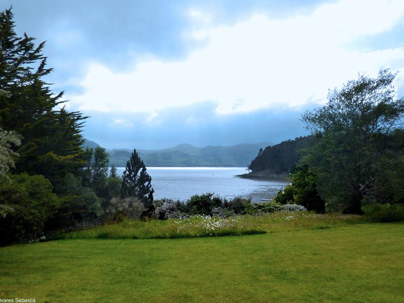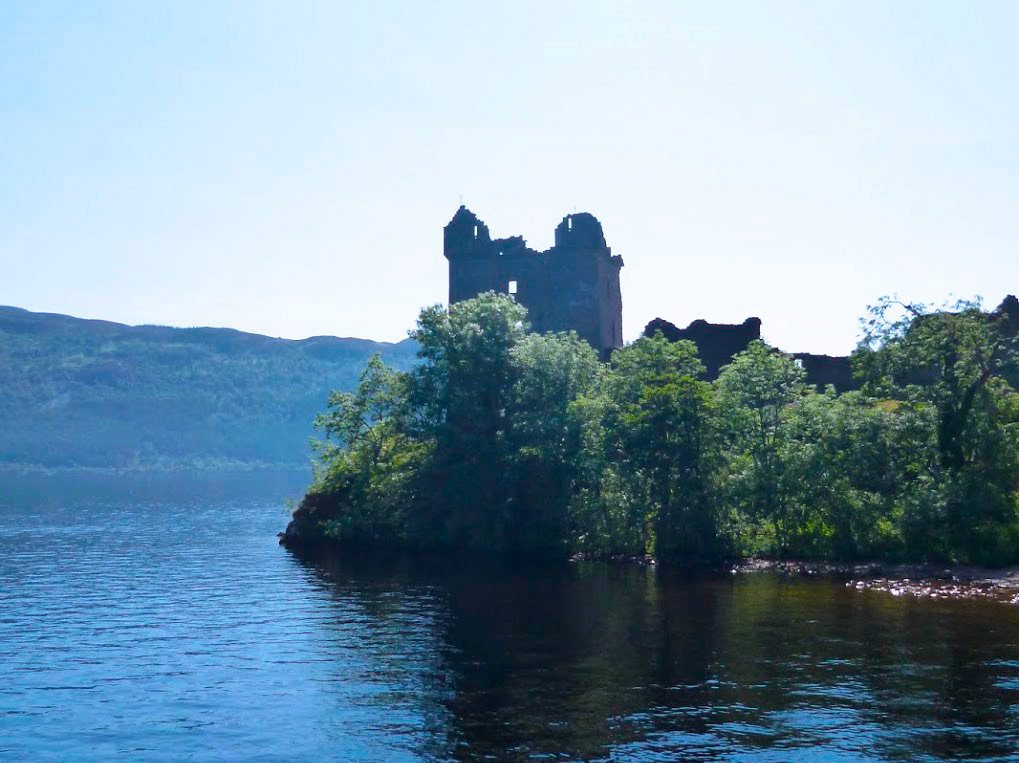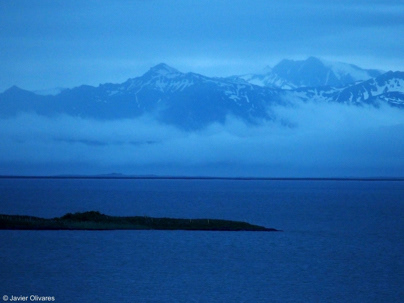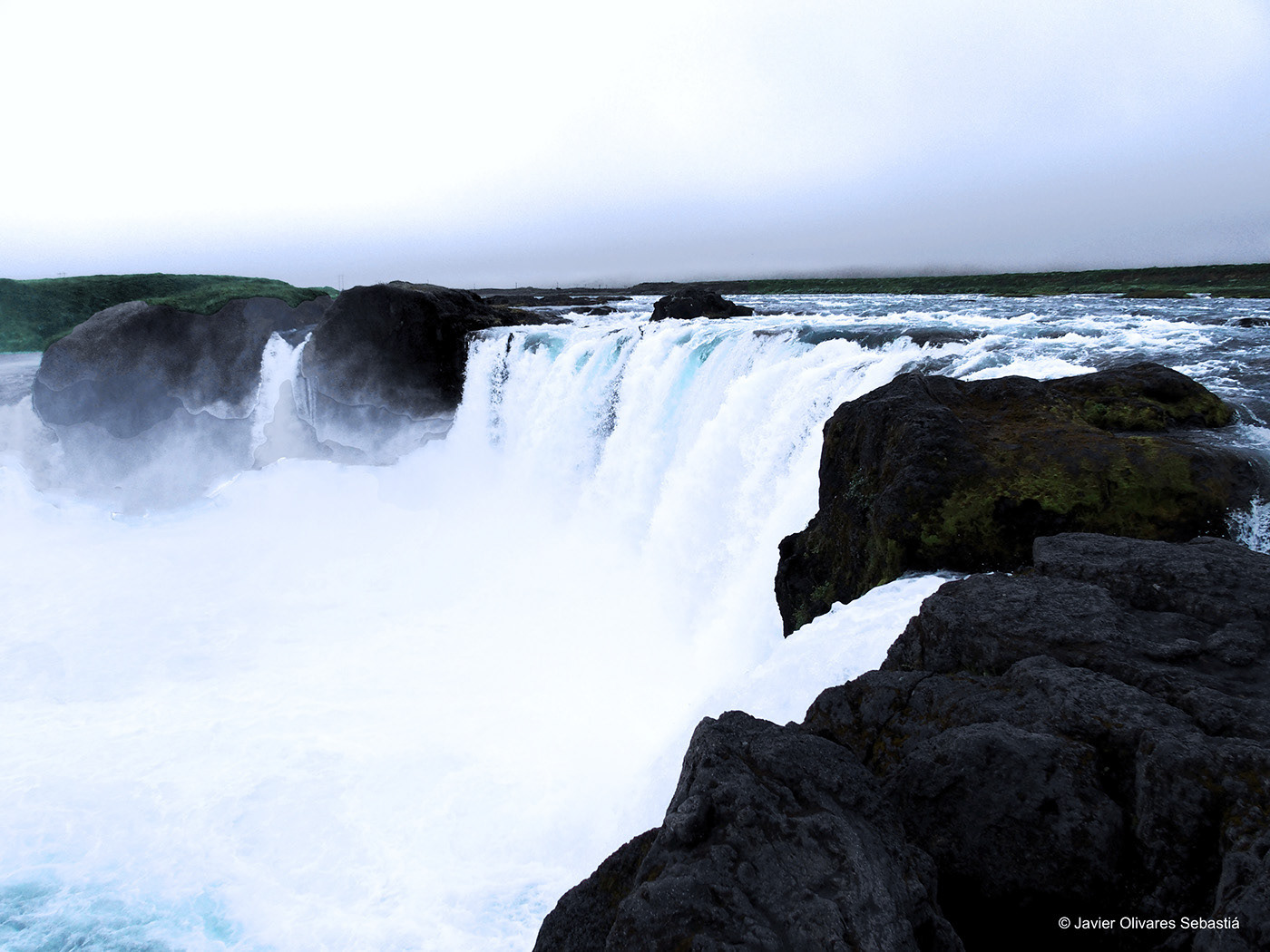The Picos de Europa is a mountain massif located in northern Spain that belongs to the central part of the Cantabrian mountain range.
Although not very extensive, its proximity to the sea makes it prodigal in geographical accidents of great interest. At present, the Picos de Europa National Park is the second most visited national park in Spain, after the Teide National Park (Tenerife).
This limestone formation extends through Cantabria, León and the Principality of Asturias, and it highlights its heights, in many cases above 2500 m, because they are close to the Cantabrian Sea, because at its northernmost point they are barely distant 15 kilometers from the sea.
Geographically, the Picos de Europa are in the Cantabrian mountain range, although they are considered as an independent unit of the latter because of their most recent formation. They occupy a total area of 67,455 hectares spread across the three provinces.
This limestone formation extends through Cantabria, León and the Principality of Asturias, and it highlights its heights, in many cases above 2500 m, because they are close to the Cantabrian Sea, because at its northernmost point they are barely distant 15 kilometers from the sea.
Geographically, the Picos de Europa are in the Cantabrian mountain range, although they are considered as an independent unit of the latter because of their most recent formation. They occupy a total area of 67,455 hectares spread across the three provinces.
At the top of the Picos de Europa National Park - in Picos De Europa
Welcome to the Picos de Europa National Park - in Picos De Europa
Cantabrian Mountain Range, Picos de Europa, Cantabria- in Picos De Europa.
Cantabrian Mountain Range, Picos de Europa, Cantabria- in Picos De Europa.
Cantabrian Mountain Range, Picos de Europa, Cantabria- in Picos De Europa.
Cantabrian Mountain Range, Picos de Europa, Cantabria- in Picos De Europa.
Cantabrian Mountain Range, Picos de Europa, Cantabria- in : Picos De Europa.
Cantabrian Mountain Range, Picos de Europa, Cantabria - in Liébana, Picos De Europa, Cantabria.
Cableway ascent to the Picos de Europa National Park, from Fuente Dé, Cantabria
- in Teleférico Fuente Dé
The gorge from another point of view - in Desfiladero De La Hermida.
The Gorge of La Hermida, Potes, Cantabria - in Desfiladero De La Hermida.
Walking in to the Picos de Europa Mountain Range - in Liébana, Picos De Europa, Cantabria
the Picos de Europa Mountain Range- in Liébana, Picos De Europa, Cantabria.
the Picos de Europa Mountain Range- in Liébana, Picos De Europa, Cantabria.
the Picos de Europa Mountain Range- in Liébana, Picos De Europa, Cantabria.
first lights in the Liébana Valley-in Valle De Liebana.
This valley is located in the interior of Cantabria, in the southwest of the community, is framed by the Picos de Europa and has a north-south orientation. It is a very peculiar area with a local climate that allows the development of typically humid Mediterranean vegetation (oaks, oaks, cork oaks, Quercus robur, Quercus Pyrenees in higher areas), within a province with a predominance of Atlantic vegetation (beech)
The climate at the bottom of the valley is Mediterranean with a continental tendency, but it is much rainier than on the North Plateau.
Winter temperatures are not too low considering the altitude but rather the opposite, with average temperatures of 8-9º in January, since it is a fairly depressed area, and where the foehn effect of the south wind is noticeable, making rapidly increase temperatures as in the Santander coast. Thus the maximums can exceed 25º in winter, an unusual fact when often on the Cantabrian coast the 22º is not passed in full heat. In summer the temperatures are slightly warmer than on the coast, around 18-19º on average, and with much more daily thermal amplitude on serene days (up to 22º, while the coastline surrounds 5-8º).- in Cantabria, Spain.
Winter temperatures are not too low considering the altitude but rather the opposite, with average temperatures of 8-9º in January, since it is a fairly depressed area, and where the foehn effect of the south wind is noticeable, making rapidly increase temperatures as in the Santander coast. Thus the maximums can exceed 25º in winter, an unusual fact when often on the Cantabrian coast the 22º is not passed in full heat. In summer the temperatures are slightly warmer than on the coast, around 18-19º on average, and with much more daily thermal amplitude on serene days (up to 22º, while the coastline surrounds 5-8º).- in Cantabria, Spain.
Every time I return to the Liébana Valley, Cantabria
I choose the path from Piedras Luengas to Potes and Fuente De.
At the same time remember the story of the Beatus of Liebana - in Valle De Liébana
I choose the path from Piedras Luengas to Potes and Fuente De.
At the same time remember the story of the Beatus of Liebana - in Valle De Liébana
The whole of Covadonga mountain in Asturias is the origin of the Picos de Europa National Park, the first of the National Parks.
It was declared in 1918 but with the name of Covadonga Mountain, a protected natural space. - in Lagos De Covadonga
It was declared in 1918 but with the name of Covadonga Mountain, a protected natural space. - in Lagos De Covadonga
To visit the Lakes of Covadonga we have to go to Cangas de Onis and from this town take the carriage that goes to Arenas de Cabrales.
At two kilometers away we find a roundabout with the indication and deviation to Covadonga.
From there a narrow mountain road with many curves, goes up to the Covadonga Lakes.
The Lakes of Covadonga are actually two lakes in one, that of Enol that we will meet first and that of La Ercina. - in Lagos De Covadonga
At two kilometers away we find a roundabout with the indication and deviation to Covadonga.
From there a narrow mountain road with many curves, goes up to the Covadonga Lakes.
The Lakes of Covadonga are actually two lakes in one, that of Enol that we will meet first and that of La Ercina. - in Lagos De Covadonga
Horse Breeding-in in Cantabria, Spain.
Liébana Valley, eucalyptus forest - in Liébana, Picos De Europa, Cantabria.
Port of San Glorio,
Between Cantabria and León, Cantabrian Mountains Range, Spain- in Puerto De San Glorio, Picos de Europa.
Between Cantabria and León, Cantabrian Mountains Range, Spain- in Puerto De San Glorio, Picos de Europa.









